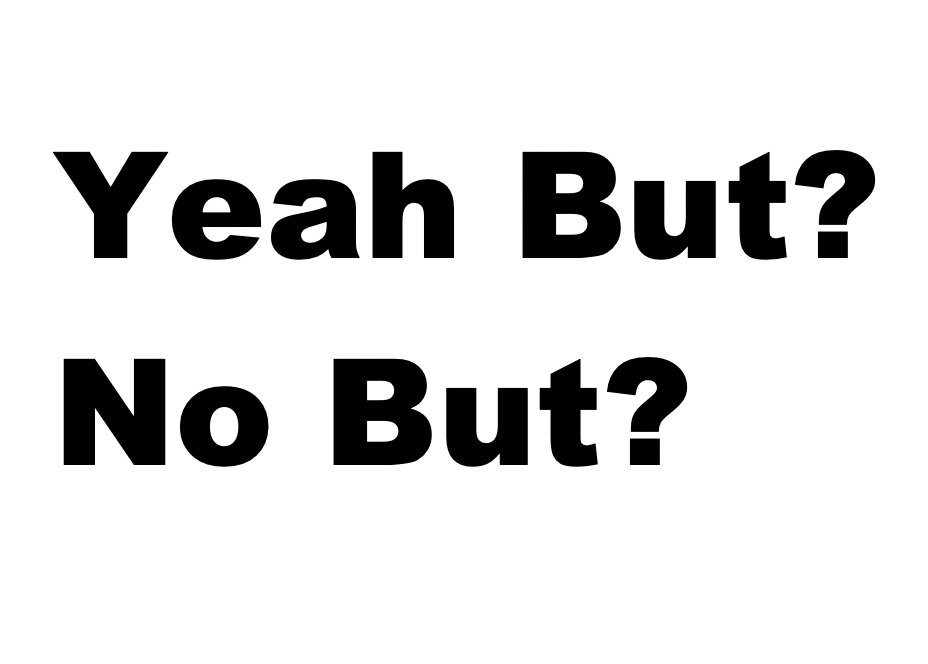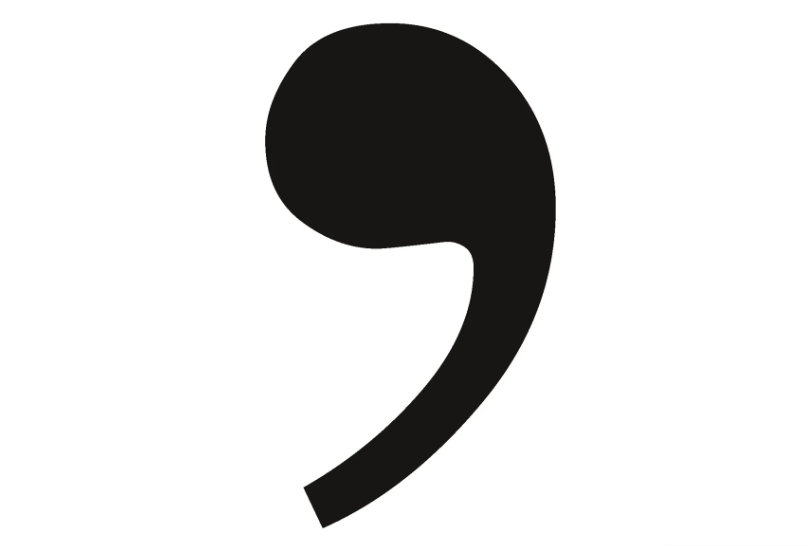Seven reasons why AI is no match for human editorial expertise
/UK businesses who put their faith in AI to create and manage professional writing projects do so at their peril, writes Realwords founder Lee Graham
This funny-looking critter is a three-toed sloth, also called an ai. Cute, furry and native to the tropical rainforests of South America, it bears no relation to the other kind of AI – artificial intelligence. Well, except for one thing: neither is much good at writing effective business comms.
Before I go any further, I ought to declare an interest here: my company, Realwords, provides copywriting, editing and proofreading services from real human professionals. We, like everyone else, have read the scare stories about how artificial intelligence will put us all out of work before long – that’s if it hasn’t done away with the human race entirely by the time you’ve finished reading this post.
It’s true that AI does pose some risks to business as we know it, but we’re no fuddy-duddies here at Realwords – we’re all for technological advancement if it means human beings (including ourselves) can improve, sustain and monitor their professional communications via less costly and more expeditious means. The problem is that artificial intelligence does not and is unlikely to ever achieve these aims.
In recent months, we’ve spoken to lots of UK business owners who tell what is now a familiar story: they and their employees began to use resources such as ChatGPT, believing they could throw together almost any kind of written comms in next to no time, only to discover AI wasn’t the silver bullet they’d hoped for. But why? Here are seven key reasons:
AI knows nothing about your unique business environment
AI platforms such as ChatGPT rely on algorithms and data patterns to function, and consequently lack any deep understanding of context. What is your customer base? Who are your stakeholders? How are your competitors communicating with their employees and clients? Artificial intelligence can’t help you here, as the answers will vary according to your specific business environment.
AI doesn’t have creativity, originality or style
Human writers and editors are skilled at crafting stories and offering unique perspectives. To do so requires large helpings of individuality, talent, experience and audience insight that AI simply cannot mimic.
AI lacks the human touch
There’s a reason why we don’t tend to hang pictures drawn by computers in art galleries or invite robots into our homes for tea. Humans connect with other humans in a way that is impossible to replicate artificially. Indeed, the knowledge (or even the potential) that your communications have been composed by a computer program will be enough for some people to disengage with your comms altogether – particularly if your business is built on establishing deep connections with customers and clients (and whose isn’t?).
AI cannot act quickly and decisively or make legal, ethical and moral judgements
Editorial work requires the kind of decision-making, awareness and flexibility that AI is unable to cope with. Without human professionals to help you respond to things like cultural sensitivities, rapidly changing events, or particular legal or compliance considerations, your organisation could soon find itself in hot water.
AI doesn’t readily understand British culture
The biggest AI developers are American companies such as OpenAI, Google, Amazon and IBM. For this reason, their tools can struggle with British spellings, slang terms and other nuances that are often important when trying to convey an appropriate tone and meaning to UK audiences.
AI can’t be relied upon to catch critical mistakes
While some AI platforms can assist with basic proofreading, they often miss subtleties that human editors catch, such as tautology (needless repetition), stylistic inconsistencies and contextual errors. Would you have the confidence to dispatch a piece of work that could contain embarrassing howlers?
AI doesn’t have a full contacts book
Larger editorial projects are likely to require extra support from other professionals such as designers, photographers and graphic artists. Unlike AI, real writers and editors can help you develop professional relationships with the right people in the right location and at the right price for your specific needs.
It’s true that AI writing tools can be “trained” to incorporate certain factors that will help tailor your communications. But this requires time and effort and is no guarantee of success, as they will only respond to the quality of your input. And if you are not in the business of writing, editing or proofreading, how will you know what specific information to include?
Put simply, AI platforms can provide a useful starting point for editorial projects, but business owners who ignore the technology’s significant limitations do so at their own risk. Only living, breathing editorial experts can help you navigate the nuanced, human-centric and culturally sensitive world of business and consumer communications with confidence.
Alternatively, you could take your chances with our sloth friend, the ai. While she might not be much cop at professional comms, she has at least given this blog post a furry-tail ending…







